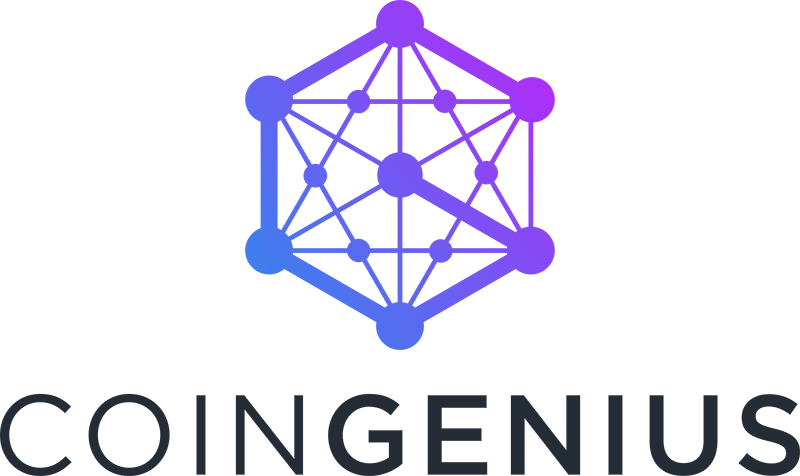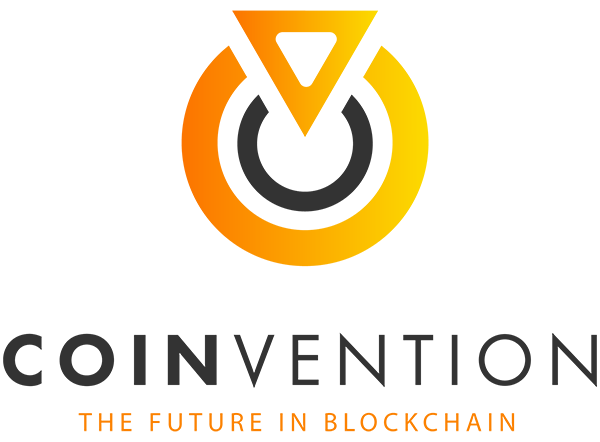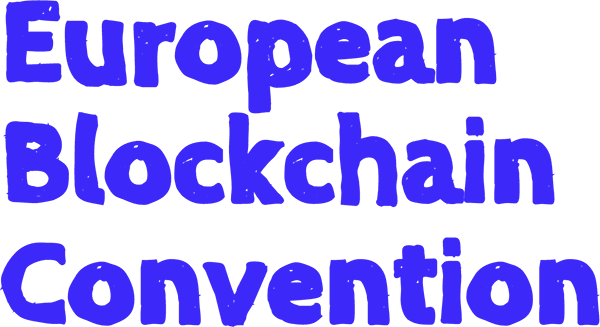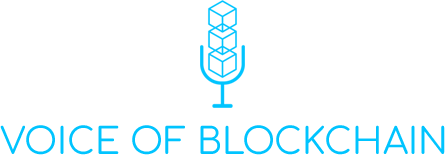SALT lending is a platform that provides Blockchain-Backed Loans. SALT (Secured Automated Lending Platform) enables you to put up your crypto as collateral in exchange for a cash loan. This strategy is ideal if you need to pay-off an unexpected expense or want to make a big purchase without having to sell-off your blockchain assets.
How Does SALT Lending Work?
SALT revolves around the company’s trademarked Blockchain-Backed Loans. Blockchain-Backed Loans are simply loans in which you hand over a blockchain asset, like Bitcoin, as collateral in exchange for traditional currencies. Unlike traditional auto or home loans, you can use these loans for any personal or business expense.
Membership (UPDATED)
Originally, to use the SALT lending platform, you first needed to pay to become a member. There were three tiers of membership:
- Base (1 SALT/year)
- Premier (10 SALT/year)
- Enterprise (100 SALT/year)
Higher membership tiers enabled you to borrow more money across additional currencies and gave you more flexible loan terms. Higher tiers also enjoyed a range of other perks such as early access to new products, portfolio management, and credit/debit cards.
UPDATE: As of this writing, the company is reorganizing their memberships, so you’re unable to sign up for one. However, you’re still able to take out a loan. And, you no longer need SALT to do so. If you stake SALT for your loan, though, you’ll receive a better rate and/or terms.
You need to provide several pieces of personal information to create an account and become a member. This information includes your first name, last name, valid email address, and country. You’re also subject to Know Your Customer (KYC) and Anti-Money Laundering (AML) restrictions, so be prepared to upload an ID.
Lenders
On the other side of SALT are the lenders. Lenders have previously avoided dealing with cryptocurrencies because of the oftentimes complicated nature of the assets. SALT provides lenders with the infrastructure, compliance, and security they need to accept crypto collateral without adding additional costs to their current processes.
In exchange for these services, lenders must also pay for a SALT membership.
Loan Process
Once again differing from traditional finance, SALT never inquires your credit score. Instead, the platform only uses the value of your crypto collateral to determine the terms of your loan.
Lenders kick-off the loan process by posting the terms in which they’re willing to lend. As a borrower, you can look through the various terms and choose the one that’s best suited for you.
Once you pick a loan, the loaners commit the cash funds while you provide collateral to a smart contract. The cash funds are sent directly to your bank account.
You then pay monthly installments based on the loan terms, and when your loan is paid-off, SALT releases your collateral from the smart contract and returns it back to you.
SALT Oracle
The SALT Oracle creates the smart contracts for each loan and triggers the events of the loan. To lower the risk of default, the Oracle also records loan payments and monitors the changing value of the crypto collateral.
Every loan starts with a loan-to-value ratio that’s calculated from the terms of the loan. This ratio is effectively the amount of the loan divided by the amount of collateral. For example, a $100,000 loan secured by $125,000 worth of Ethereum would have an original loan-to-value ratio of:
$100,000 / $125,000 = 80.0%
As you pay off the loan, this ratio decreases because the amount of the outstanding loan decreases. However, if the value of your collateral decreases due to a decline in the market price, this ratio will increase.
If the ratio ever increases beyond the initial loan-to-value ratio, you’ll be required to either:
- provide more collateral, or
- pay-off an additional amount of the loan
until the ratio returns to the original level.
The Oracle autonomously tracks the loan-to-value ratios and notifies the borrowers when it becomes too high. The amount of time a borrower has to correct the ratio differs based on the velocity of the price decline.
SALT Lending Team & Progress
The SALT team is over 15 members strong and was led by Shawn Owen as CEO. Owen is a serial entrepreneur with years of experience in hospitality operations. In July 2018, Owen left the company leaving CTO Bill Sinclair to take his place.
The most notable member of the SALT team is one of their advisors, Erik Voorhees. Voorhees is the founder and CEO of ShapeShift – one of the most popular crypto-to-crypto exchanges.
SALT reached a big milestone in January 2018 by officially beginning to provide loans for top-tier members. The platform already has over 70,000 loans and has funded over $50,000,000 in those loans.
Plans for 2018 included launching credit cards, creating loan funds, and expanding collateralization to other alternative coins as well. The team only hit some of those milestones. The company expanded support, adding Litecoin and Dogecoin loans. But, it looks as if credit cards and developer tools are still some time out.
Competition
SALT is the current leader in blockchain-based loans; however, there are a few other competitors popping up in the space. ETHLend and Elix are two younger competitors that provide decentralized lending on the Ethereum blockchain.
SALT differentiates itself by focusing on institutional cash loans that are backed by cryptocurrency while the other two projects appear to have taken a peer-to-peer approach. Both use-cases should have a solid place in the market.
Additionally, SALT is competing with more traditional platforms that provide crypto-backed loans but aren’t using a specific token.
SALT Token
SALT tokens, also known as membership tokens, are ERC20 tokens that you spend to become a member of the SALT lending platform. Furthermore, you can redeem these tokens to pay down loan interest, receive better rates on loans, and purchase items from SALT’s online store.
At one point, these tokens held a different value on the lending platform than what they were trading for in the market. They used to be worth exactly $27.50 on the lending platform while trading at a value below that price.
You could also previously pay-down the capital of your loans with SALT tokens.
So, this created an interesting arbitrage opportunity. If you had the bankroll, you could technically get an Enterprise membership for $1200 and take out a $1M loan backed by $1.25M of Bitcoin. You could then turn around and buy $1M worth of SALT tokens from the market (~83,333 SALT).
Because the SALT tokens were worth $27.50 on the platform you would only need to spend ~45,455 SALT tokens to pay back your loan. This would leave you with a little under 40,000 SALT tokens plus the original Bitcoin you put up as collateral – about a 40% return.
The SALT team must have caught on to this scheme because they’ve since removed the opportunity.
Trading
SALT held their ICO in Q3 2017 in which you could purchase a membership token for $3.00 – $7.00 depending on the time that you bought it. There are a total of 120M SALT tokens, and just over 80M are currently circulating in the market.
The SALT price briefly experienced the common “post-ICO” dip before spiking back up to a little over $7 in October 2017. Shortly after, the price fell to the $2-$4 (0.0003-0.0005 BTC) range and stayed there until December 2017.
Starting in December 2017, the price steadily rose and jumped to an all-time high of over $17 with the announcement that lending on the platform had finally begun. Since that high at the very end of 2017, the price has fallen drastically. Throughout 2018, the coin has lost over 98 percent of its value. It’s currently worth about $0.25.
Because SALT isn’t required to use the lending platform, there’s not much that will cause the price to rise again. A healthy cryptocurrency market should help. And juicy enough membership incentives may also provide some positive demand-side pressure. Other than that, it’s tough to see this coin rising from the dead.
Where to Buy SALT
The most popular exchanges to purchase SALT are Binance and Bittrex. To trade for SALT on one of these exchanges you need to first have Bitcoin or Ethereum.
If you don’t have either, you can purchase them with traditional currency on an exchange like Gemini and then transfer them over.
For a full list of exchanges where you can buy SALT, check out CoinMarketCap.
Where to Store SALT
Because SALT is an ERC20 token, you have a few different options on where to store it. A popular online option is MyEtherWallet.
The SALT website recommends that you use the Jaxx wallet and even provides instructions here. Jaxx is available on Android, iOS, Mac, Windows, Linux, and as a Chrome extension.
The most secure way to store your tokens is by using a hardware wallet like Trezor or the Ledger Nano S. Using hardware wallets keeps your funds offline and out of the reach of hackers and ill-intended software.
Conclusion
The SALT lending platform is a great option if you want/need to make some real-world expenses and don’t want to lose the potential gains from your crypto holdings. Beyond that, the project works to solve a major problem of blockchain assets – illiquidity. By opening up an entirely new form of loans, the project brings more liquidity to the cryptocurrency market.
The team has a solid foundation of blockchain experience and is advised by a leader in the industry. With a working platform in the market already, SALT is ahead of many other blockchain projects.
That being said, there’s no requirement to use SALT tokens on the platform. So, it should make you wonder why the company has a specific token in the first place. Hopefully, the new membership tiers will make this more obvious.
This Article was Originally posted on CoinCentral.com
























